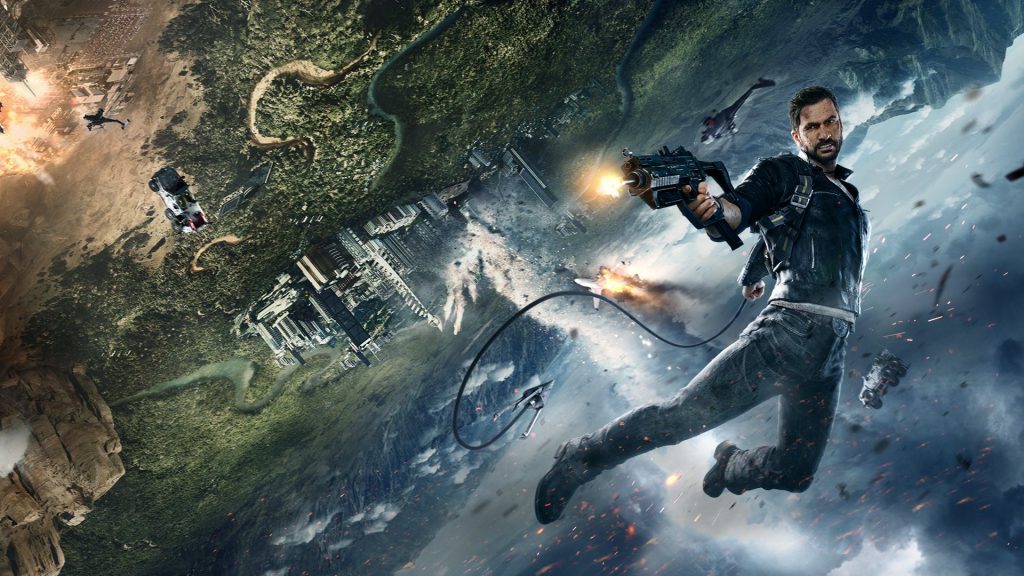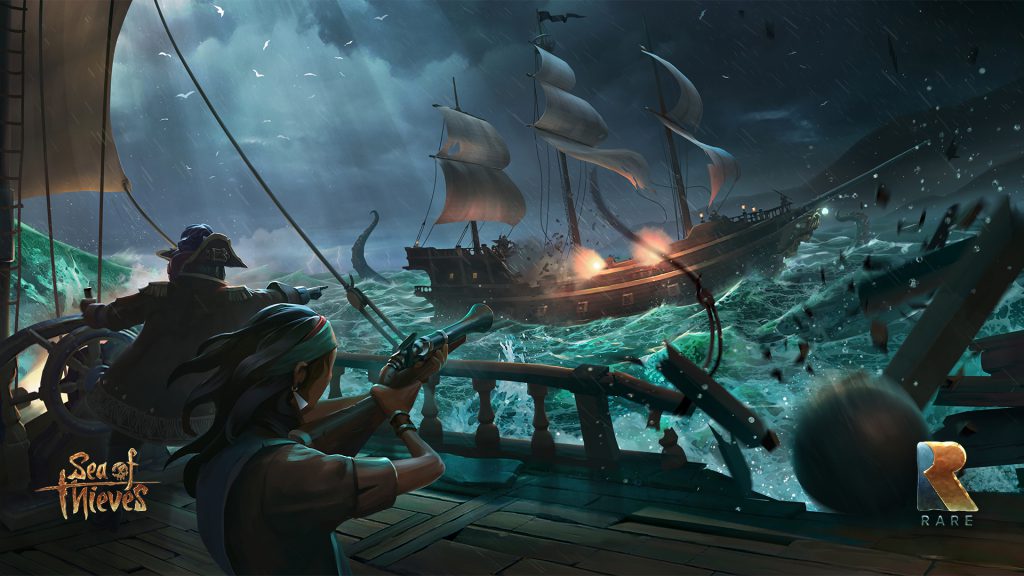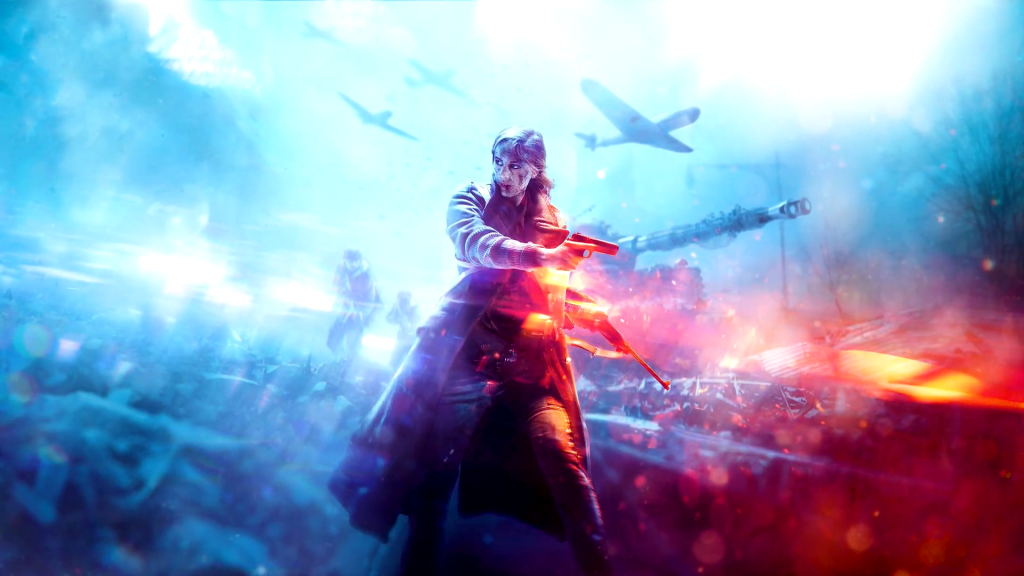Mortal Kombat is an American media franchise centered on a series of video games, originally developed by Midway Games’ Chicago studio in 1992. The development of the first game was originally based on an idea that Ed Boon and John Tobias had of making a video game starring Jean-Claude Van Damme, but as that idea fell through, a fantasy-themed fighting game titled Mortal Kombat was created instead. Mortal Kombat was the first ever fighting game to introduce a secret fighter, reached if the player fulfilled a set of requirements. The original game has spawned many sequels and spin-offs consisting of several action-adventure games, films (animated and live-action with its own sequel), and television series (animated and live-action), as well as a comic book series, a card game and a live-action tour. Along with Street Fighter and Tekken, Mortal Kombat has become one of the most successful fighting franchises in the history of video games and one of the highest-grossing media franchises of all time.
The series has a reputation for high levels of violent content, including, most notably, its Fatalities (finishing moves allowing the player to finish off their defeated opponent). Controversies surrounding Mortal Kombat, in part, led to the creation of the ESRB video game rating system. Early games in this series were also noted for their realistic digitized sprites and an extensive use of palette swapping to create new characters. Following Midway’s bankruptcy, the Mortal Kombat development team was acquired by Warner Bros. and turned into NetherRealm Studios. Warner Bros. Interactive Entertainment currently owns the rights to the franchise, which it rebooted in 2011.

The original three games and their updates, Mortal Kombat (1992), Mortal Kombat II (1993), Mortal Kombat 3 (1995), Ultimate Mortal Kombat 3 (1995), and Mortal Kombat Trilogy (1996), were styled in a 2D fighting fashion. The first two of them were played in the arcades with a joystick and five buttons: high punch, low punch, high kick, low kick, and block. Mortal Kombat 3 and its updates added a sixth “run” button. Characters in the early Mortal Kombat games play virtually identically to one another, with the only major differences being their special moves. Through the 1990s, the developer and publisher Midway Games would keep their single styled fighting moves with four attack buttons for a different array of punches and kicks and blocks. Mortal Kombat: Deadly Alliance changed this by differentiating characters normal moves and even giving them multiple fighting styles. Beginning in Deadly Alliance and until Mortal Kombat: Deception, the characters would have three fighting styles per character: two unarmed styles, and one weapon style. Few exceptions to this arose in Mortal Kombat: Armageddon, such as monster-like boss characters like Moloch and Onaga who would have only one fighting style. While most of the styles used in the series are based on real martial arts, some are entirely fictitious.Goro’s fighting styles, for example, are designed to take advantage of the fact that he has four arms. For Armageddon, fighting styles were reduced to a maximum of two per character (generally one hand-to-hand combat style and one weapon style) due to the sheer number of playable characters. Mortal Kombat vs. DC Universe dropped the multiple fighting style trend altogether in favor of giving each character a much wider variety of special moves, but some characters still use multiple fighting styles. 2011’s Mortal Kombat returned to a single 2D fighting plane although characters are rendered in 3D; unlike previous MK games, each of the controller’s four attack buttons corresponds to one of the character’s limbs, the buttons thus becoming front punch, back punch, front kick and back kick (front and back indicating the limb closer to and farther from the opponent, respectively).
Mortal Kombat: Deception and Mortal Kombat: Armageddon feature “Konquest”, a free-roaming action-adventure mode that significantly expanded on the single-player experience. Both games also include distinct minigame modes such “Chess Kombat”, an action-strategy game similar to Archon. Two other bonus minigames, “Puzzle Kombat” inspired by Puzzle Fighter and “Motor Kombat” inspired by Mario Kart, feature super deformed versions of Mortal Kombat characters. The games also contain various unlockable content and hidden “cheats”.
source : wikipedia.org
 Free Chrome New Tab Extensions Chrome New Tab serves free extensions for the Google Chrome web browser. Customize your browser's new tab page and display different wallpapers each run.
Free Chrome New Tab Extensions Chrome New Tab serves free extensions for the Google Chrome web browser. Customize your browser's new tab page and display different wallpapers each run.



